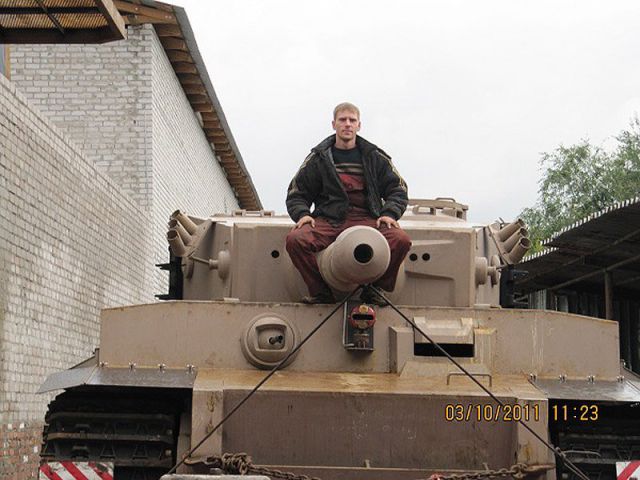

Only one prototype hull was ever built, and it was never fitted with a turret. Henschel & Sohn began the development of a large tank design in January 1937 when the Waffenamt requested Henschel to develop a Durchbruchwagen ("breakthrough vehicle") in the 30–33 tonne range. As of 2021, Tiger 131 (captured during the North Africa Campaign) at the UK's Tank Museum is the only example restored to running order.ĭesign history Earlier designs Today, only nine Tiger I tanks survive in museums and private collections worldwide. E in March 1943, with ordnance inventory designation Sd.Kfz. 181. The tank was later re-designated as PzKpfw VI Ausf. It was classified with ordnance inventory designation Sd.Kfz. 182. The initial designation was Panzerkampfwagen VI Ausführung H (literally "armoured combat vehicle VI version H", abbreviated PzKpfw VI Ausf. H) where 'H' denoted Henschel as the designer/manufacturer. The tank was given its nickname "Tiger" by Ferdinand Porsche, and the Roman numeral was added after the Tiger II entered production. This was a problem on the Eastern Front in the muddy rasputitsa season and during periods of extreme cold. It was difficult to transport and vulnerable to immobilisation when mud, ice, and snow froze between its overlapping and interleaved Schachtellaufwerk-pattern road wheels, often jamming them solid. It was expensive to maintain, but generally mechanically reliable. In the early period, the Tiger was prone to certain types of track failures and breakdowns. While the Tiger I has been called an outstanding design for its time, it has also been called overengineered, using expensive materials and labour-intensive production methods. After August 1944, production of the Tiger I was phased out in favour of the Tiger II. 1,347 were built between August 1942 and August 1944. It gave the German Army its first armoured fighting vehicle that mounted the 8.8 cm KwK 36 gun (derived from the 8.8 cm Flak 36). info)) was a German heavy tank of World War II that operated beginning in 1942 in Africa and in the Soviet Union, usually in independent heavy tank battalions.


 0 kommentar(er)
0 kommentar(er)
